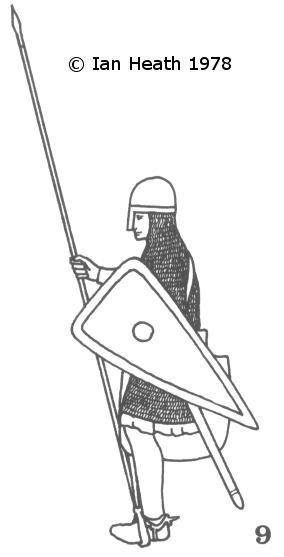
Shop Amazon - Create an Amazon Baby Registry

FRANKISH MOUNTED SERGEANT
An extract from Armies and Enemies of the Crusades 1096-1291by Ian Heath
|
[Based on Matthew Paris’ drawings of crusade battles: Saladin Capturing the True Cross at Hattin, 1187, Battle of Damietta, Defeat of the French at Gaza & Battle between the Crusaders and Khorezmians, 1244 (La Forbie)] |
